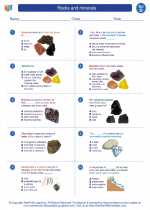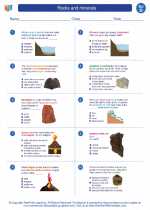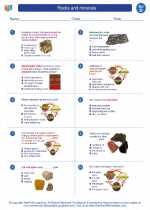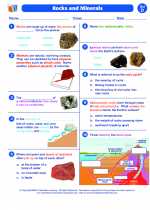Cloud Cover
Cloud cover refers to the fraction of the sky covered by clouds at any given time. It is an important aspect of weather and climate, as it can affect temperature, precipitation, and overall atmospheric conditions.
Types of Cloud Cover
There are several types of cloud cover:
- Clear Skies: When there are no clouds in the sky, it is referred to as "clear skies" and the cloud cover is 0%.
- Partly Cloudy: When some, but not all, of the sky is covered by clouds, it is considered "partly cloudy" and the cloud cover is typically between 1% and 50%.
- Mostly Cloudy: When more than half of the sky is covered by clouds, it is labeled "mostly cloudy" and the cloud cover is usually between 51% and 99%.
- Overcast: When the entire sky is covered by clouds, it is termed "overcast" and the cloud cover is 100%.
Measuring Cloud Cover
Cloud cover is measured using a unit called "oktas." One okta represents 1/8th of the sky covered by clouds. So, if the entire sky is overcast, the cloud cover is 8 oktas.
Factors Influencing Cloud Cover
Several factors influence cloud cover, including:
- Atmospheric Moisture: Higher moisture levels can lead to increased cloud formation and greater cloud cover.
- Wind Patterns: Wind can carry clouds to different areas, affecting cloud cover in specific locations.
- Topography: Mountains and other geographic features can influence cloud formation and distribution.
- Seasonal Changes: Different seasons can bring varying cloud cover due to changes in temperature and humidity.
Effects of Cloud Cover
Cloud cover has several effects on weather and climate, including:
- Temperature Regulation: Clouds can block or trap heat, affecting the temperature at the Earth's surface.
- Precipitation: Clouds are essential for the formation of rain, snow, and other forms of precipitation.
- Solar Radiation: Cloud cover can impact the amount of sunlight reaching the Earth's surface, influencing energy balance and climate patterns.
Study Guide
Here are some key points to remember about cloud cover:
.◂Science Worksheets and Study Guides Fourth Grade. Rocks and minerals
Study Guide Rocks and minerals
Rocks and minerals  Activity Lesson
Activity Lesson The Rock Cycle
The Rock Cycle  Worksheet/Answer key
Worksheet/Answer key Rocks and minerals
Rocks and minerals  Worksheet/Answer key
Worksheet/Answer key Rocks and minerals
Rocks and minerals  Worksheet/Answer key
Worksheet/Answer key Rocks and minerals
Rocks and minerals  Worksheet/Answer key
Worksheet/Answer key Rocks and Minerals
Rocks and Minerals  Vocabulary/Answer key
Vocabulary/Answer key Rocks and minerals
Rocks and minerals  Vocabulary/Answer key
Vocabulary/Answer key Rocks and minerals
Rocks and minerals  Vocabulary/Answer key
Vocabulary/Answer key Rocks and minerals
Rocks and minerals  Vocabulary/Answer key
Vocabulary/Answer key Rocks and minerals
Rocks and minerals 

 Activity Lesson
Activity Lesson
 Worksheet/Answer key
Worksheet/Answer key
 Worksheet/Answer key
Worksheet/Answer key
 Worksheet/Answer key
Worksheet/Answer key
 Worksheet/Answer key
Worksheet/Answer key
 Vocabulary/Answer key
Vocabulary/Answer key
 Vocabulary/Answer key
Vocabulary/Answer key
 Vocabulary/Answer key
Vocabulary/Answer key
 Vocabulary/Answer key
Vocabulary/Answer key

The resources above cover the following skills:
Concepts of Earth Science (SD1, SD2, SD3, SD4)
The student demonstrates an understanding of geochemical cycles by describing that most smaller rocks come from the breaking and weathering of larger rocks as part of the rock cycle.
The student demonstrates an understanding of geochemical cycles by recognizing the physical properties of water as they relate to the rock cycle.